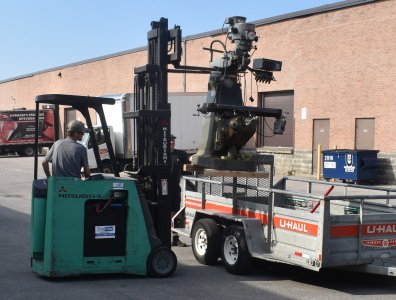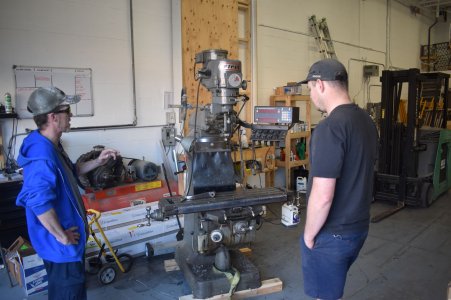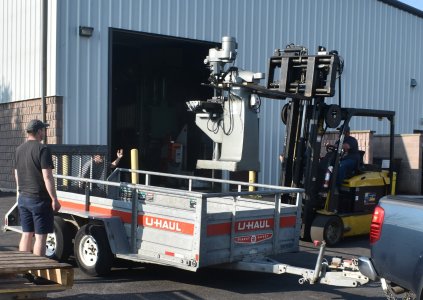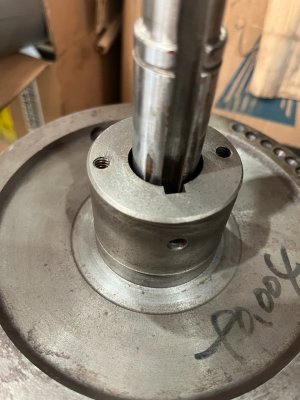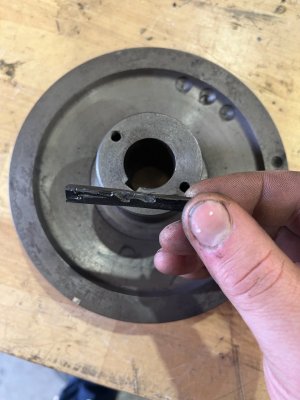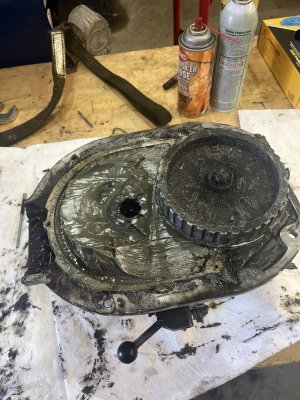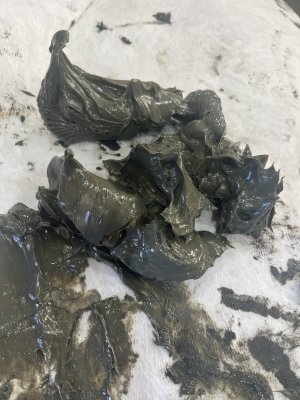I would think that farm equipment is a much tougher environment. More moisture, wider temperature swings etc.
And that's just the beginning! Yes, I have no doubt that a mill's life is more like a vacation in Hawaii compared to farm use.
But still, I don't like the idea of a gear chamber packed with Grease that never gets changed or flushed. A zirc fitting allows the user to push in new grease and the old contaminated grease gets pushed out. With oil, the oil circulates, metals can settle, and old oil leaks out to be replenished with new.
I don't think a sealed bearing is a good comparison. Sealed bearings have tightly controlled surfaces, exceptional wear characteristics, and a special factory grease designed to lubricate and distribute heat in the bearing over its entire life.
Sliding splines, gear teeth sliding over each other, and unsealed bearings have much higher wear rates, and therefore metal particles and contamination accummulates. Even the grease is just plain old grease designed for regular zirc based grease changes.
My guts tell me that oil is better because oil will flow due to gravity and spinning forces, and it will flush or wash wear particles out with it.
Do I know this for a fact? No. It's just a gut feeling.
My guess is that H&W knows that many hobbiests don't do the regular oiling that's required and therefore grease packing is better than infrequent oiling or no oiling at all. In that sense, I think he is right. My experience is that even farmers don't regularly grease equipment that costs 50x as much as a mill does. Why should most hobbiests with much less expensive equipment be any better?
Therefore, my opinion is that anyone who has the discipline to oil their machines on schedule should stick with oil. Those who know that their habits are not that disciplined should pack their heads with high quality grease.
It's just an opinion though.

